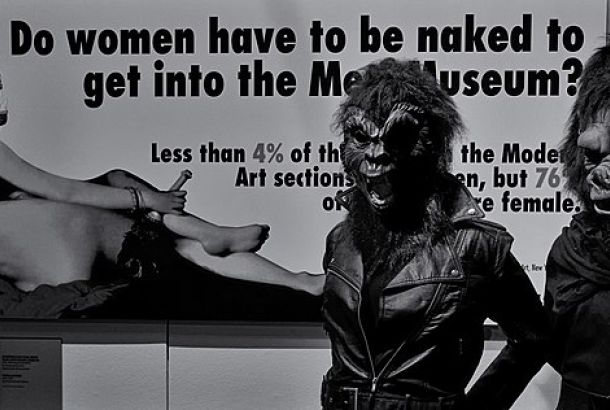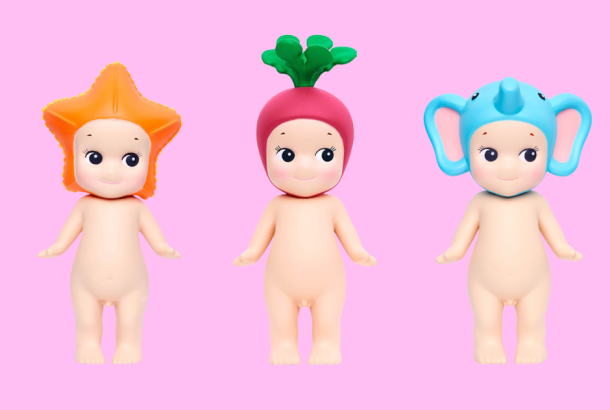What’s it going to be then, eh?
By Sean Doherty
Located in the Historic Reading Room within the John Rylands Library, Fifty Years of a Clockwork Orange looks at the legacy of Manchester-born and University of Manchester alumni Anthony Burgess’ controversial novel as it celebrates the fiftieth anniversary of its publication.
Although it contains some interactive content in the form of interviews, readings and movie trailers, artefacts from the production and reception of both film and novel make up the majority of what is on show. The exhibition focuses largely on Stanley Kubrick’s 1971 adaption of Burgess’ novel; somewhat fitting as it was this film rather than the novel itself which led to the torrent of attention and abuse ‘Clockwork’ received from the public and press. As well as original stills and photographs from the film’s production, visitors can view the psychedelic promotional artwork of Philip Castle which accompanied the film’s release. Various rejected screenplays (one of which was written by Burgess himself) may be seen, showing how Kubrick’s script reached its finished form. Perhaps the most eye-catching piece on display here is the iconic giant, white phallic sculpture (Herman Makkink’s Rocking Machine), the murder weapon wielded by Malcolm McDowell’s character in one of the film’s most notorious scenes.
Newspaper props from the film are placed against real world articles condemning Kubrick’s work and there is a jarring similarity in their sensationalist headlines. The Sun’s review attacks the film on the basis of it featuring ‘more bare breasts, and more pubic hair than any reputable film’, an odd objection to come from a publication which in 2010 celebrated 40 years of Page 3 girls. In a society which has witnessed The Human Centipede, the declaration that A Clockwork Orange should prove to be ‘THE FILM SHOCKER TO END THEM ALL’ seems far from prophetic. Furthermore, the headline asking ‘ARE WE HEADING FOR A SUPER-VIOLENT SOCIETY?’ appears to suggest that though times may change tabloid journalism remains the same.
Arguably the highlight of the exhibition is the display of letters sent between Kubrick and Burgess as they express a mutual artistic admiration and plan (ultimately unsuccessfully) to collaborate on Kubrick’s fabled Napoleon project. Other correspondences from Burgess reveal a frustration, both at Kubrick receiving credit at the expense of himself, as well as various film producers treating him ‘as though I’m just the boy around here’, exposing a vulnerable, human side to the author, rather than having him presented as an untouchable literary figure.
Should visitors seek to gain insight into Burgess’ creative process they may view the English-Russian Dictionary which he used in composing the novel’s teen-slang known as Nadsat. Burgess’ own typewriter is also on display, a tool he remarks as having the double use of keeping him focused as well as ensuring ‘the rest of the household knows you are at work and does not suspect you of covertly devouring a Playboy centrefold’, an advantage today’s laptop authors sadly lack.
So if you would like to get a closer look at elements which led to the creation of a modern cult hit, and do so in beautiful surroundings, you should definitely check it out. Just don’t bring your gran.







